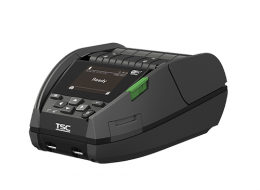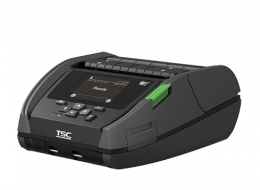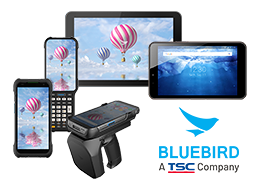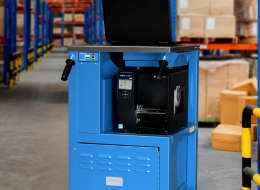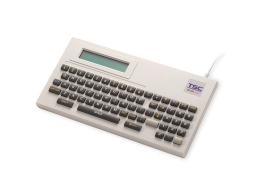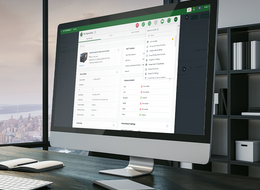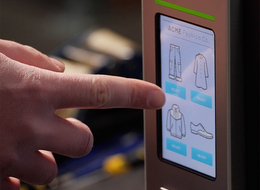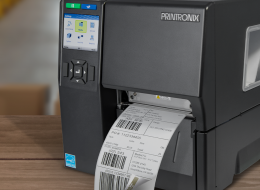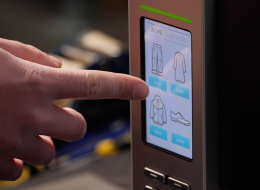Choosing the Right Devices – In-Store
Equip your stores for success with AIDC devices that match your operations. Consider these four key factors:
1. Operational Fit
Ensure your devices fit your store space, work pace, and label needs.
Q: Do store size and SKU volume affect device choice?
A: Yes. More SKUs and a larger store often mean more scanning and printing, so choose devices with higher throughput capacity.
Q: Do I need mobile or stationary devices?
A: If your staff members are in constant motion (e.g., shelf labelling, price checks), go mobile. For fixed-counter work, stationary devices are ideal.
Q: How do I ensure the devices can handle the daily workload?
A: Check print/scan speed and durability under peak conditions—devices should run without slowing or shutting down.
Q: What label conditions should I consider?
A: Think about exposure to light, heat, or daily handling. Choose labels and devices suited to these environments (e.g., water resistance, longer adhesive life).
2. System and Workflow Integration
Your devices should connect seamlessly to retail systems and support key tasks such as pricing, inventory, and more.
Q: Will the devices work with my POS, ERP, WMS, and other systems?
A: Compatibility depends on factors such as OS version, network setup, data formats, and security settings. Choose vendors that offer standard drivers, SDKs, or APIs, and support common protocols to simplify integration.
Q: What kind of connectivity do I need?
A: Connectivity depends on your store infrastructure. Most setups use Wi-Fi or Bluetooth, depending on coverage and use case. Looking ahead, cellular options like 5G may offer faster and more reliable connections when Wi-Fi is unavailable.
Q: How do I select devices to match workflows?
A: Ensure the devices can handle tasks—such as markdowns and re-labelling—efficiently and without adding complexities to workflows.
Q: What about scanning performance?
A: Ensure the devices can scan quickly and accurately, even for small barcodes or when scanning from a distance.
3. User Experience
Ease of use matters. Choose devices that are intuitive, ergonomic, and easy to manage.
Q: How fast can new staff members get up and running with the devices?
A: Seasonal staff and high employee turnover rates are common in the retail industry. Therefore, devices with intuitive UIs that require minimal training can reduce human error and boost efficiency.
Q: How important is battery life?
A: Devices should be able to last a full shift and allow quick battery swaps or charging between tasks for uninterrupted operations.
Q: Can IT manage these devices remotely?
A: Look for software tools or solutions that support remote firmware updates, health status checks, and alerts to reduce downtime and IT workload.
Q: What design features can facilitate adoption?
A: Touchscreens, user interfaces, and ergonomic grips all contribute to faster onboarding.
4. Longevity and ROI
Invest in solutions that last—rugged, upgrade-ready, and industry-compliant labels.
Q: How do I know the device is future-ready?
A: Check if it supports upgrades (like RFID modules) or new connectivity standards—this extends product lifespan.
Q: What about durability in a retail setting?
A: Devices should be able to survive accidental drops or spills. Look for devices with reinforced designs and tested for endurance.
Q: How can supplies affect ROI?
A: Supplies affect printer reliability—low-quality media can cause wear or residue build-up, increasing maintenance. A vendor who understands both printers and media can help find the right balance of performance, durability, and long-term costs.
Q: What role does service/support play?
A: Global service coverage with strong local support ensures smooth implementation and ongoing operations for both retailers and partners.
Not sure what fits your needs?

